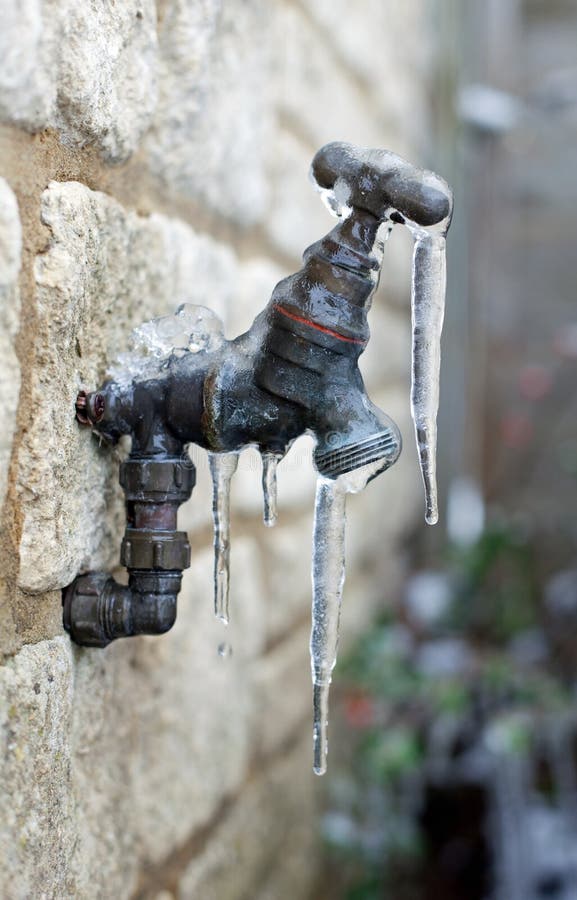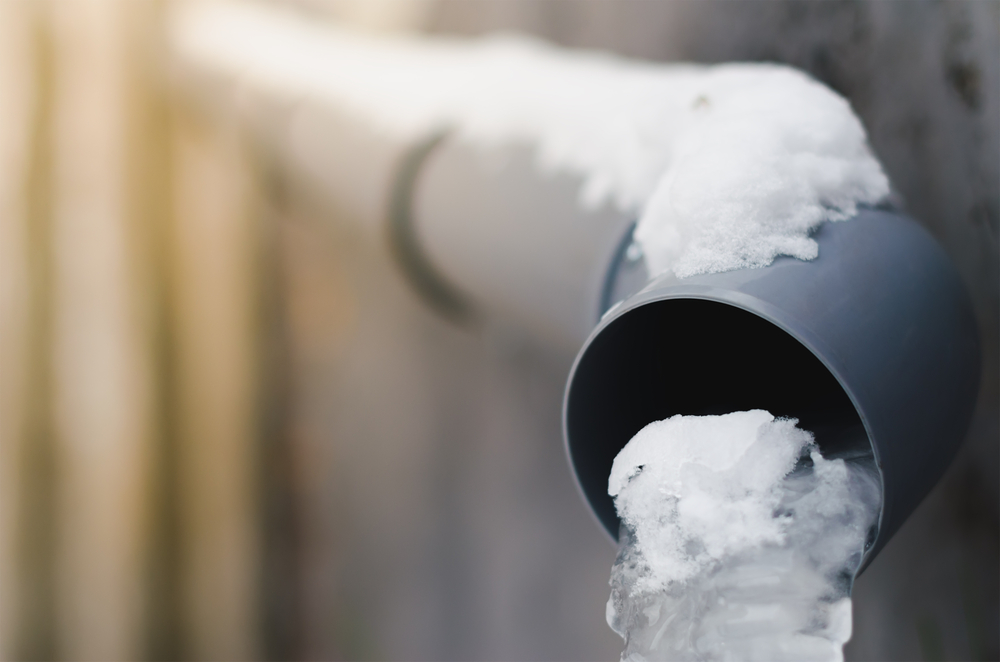Essential Tips to Avoid Frozen Plumbing in Winter: Professional Insights
Essential Tips to Avoid Frozen Plumbing in Winter: Professional Insights
Blog Article
What're your thoughts and feelings about 6 Ways to Prevent Frozen Pipes?

Cold weather can ruin your pipes, particularly by freezing pipes. Right here's exactly how to prevent it from taking place and what to do if it does.
Intro
As temperatures decline, the danger of icy pipes increases, possibly leading to pricey repair work and water damages. Understanding exactly how to avoid frozen pipes is crucial for home owners in cold environments.
Recognizing Frozen Pipelines
What triggers pipes to ice up?
Pipelines ice up when revealed to temperature levels below 32 ° F (0 ° C) for prolonged periods. As water inside the pipelines freezes, it broadens, taxing the pipe wall surfaces and potentially causing them to rupture.
Threats and damages
Icy pipelines can lead to water disruptions, home damages, and expensive repair work. Burst pipes can flooding homes and trigger extensive architectural damage.
Signs of Frozen Piping
Recognizing frozen pipes early can prevent them from breaking.
Exactly how to recognize frozen pipelines
Look for lowered water flow from taps, uncommon odors or sounds from pipes, and noticeable frost on revealed pipelines.
Prevention Tips
Shielding susceptible pipelines
Cover pipelines in insulation sleeves or use warm tape to shield them from freezing temperatures. Concentrate on pipes in unheated or outside locations of the home.
Heating techniques
Maintain indoor rooms sufficiently warmed, particularly areas with pipes. Open up cupboard doors to enable warm air to circulate around pipelines under sinks.
Securing Outside Plumbing
Garden tubes and exterior faucets
Disconnect and drain pipes garden tubes before winter months. Mount frost-proof faucets or cover outdoor faucets with protected caps.
What to Do If Your Pipelines Freeze
Immediate activities to take
If you presume icy pipelines, keep faucets available to ease pressure as the ice melts. Utilize a hairdryer or towels soaked in hot water to thaw pipelines gradually.
Long-Term Solutions
Architectural modifications
Think about rerouting pipes away from exterior walls or unheated areas. Add extra insulation to attics, basements, and crawl spaces.
Upgrading insulation
Invest in top notch insulation for pipelines, attic rooms, and wall surfaces. Appropriate insulation helps maintain consistent temperatures and decreases the danger of frozen pipes.
Conclusion
Preventing frozen pipelines needs aggressive procedures and quick responses. By understanding the reasons, indications, and preventive measures, home owners can secure their plumbing throughout cold weather.
5 Ways to Prevent Frozen Pipes
Drain Outdoor Faucets and Disconnect Hoses
First, close the shut-off valve that controls the flow of water in the pipe to your outdoor faucet. Then, head outside to disconnect and drain your hose and open the outdoor faucet to allow the water to completely drain out of the line. Turn off the faucet when done. Finally, head back to the shut-off valve and drain the remaining water inside the pipe into a bucket or container. Additionally, if you have a home irrigation system, you should consider hiring an expert to clear the system of water each year.
Insulate Pipes
One of the best and most cost-effective methods for preventing frozen water pipes is to wrap your pipes with insulation. This is especially important for areas in your home that aren’t exposed to heat, such as an attic. We suggest using foam sleeves, which can typically be found at your local hardware store.
Keep Heat Running at 65
Your pipes are located inside your walls, and the temperature there is much colder than the rest of the house. To prevent your pipes from freezing, The Insurance Information Institute suggests that you keep your home heated to at least 65 degrees, even when traveling. You may want to invest in smart devices that can keep an eye on the temperature in your home while you’re away.
Leave Water Dripping
Moving water — even a small trickle — can prevent ice from forming inside your pipes. When freezing temps are imminent, start a drip of water from all faucets that serve exposed pipes. Leaving a few faucets running will also help relieve pressure inside the pipes and help prevent a rupture if the water inside freezes.
Open Cupboard Doors
Warm your kitchen and bathroom pipes by opening cupboards and vanities. You should also leave your interior doors ajar to help warm air circulate evenly throughout your home.

We were guided to that editorial about How to Prevent Your Pipes From Freezing through a good friend on another website. Sharing is good. Helping others is fun. Thanks a bunch for your time. Don't forget to pay a visit to our site back soon.
Call Today Report this page